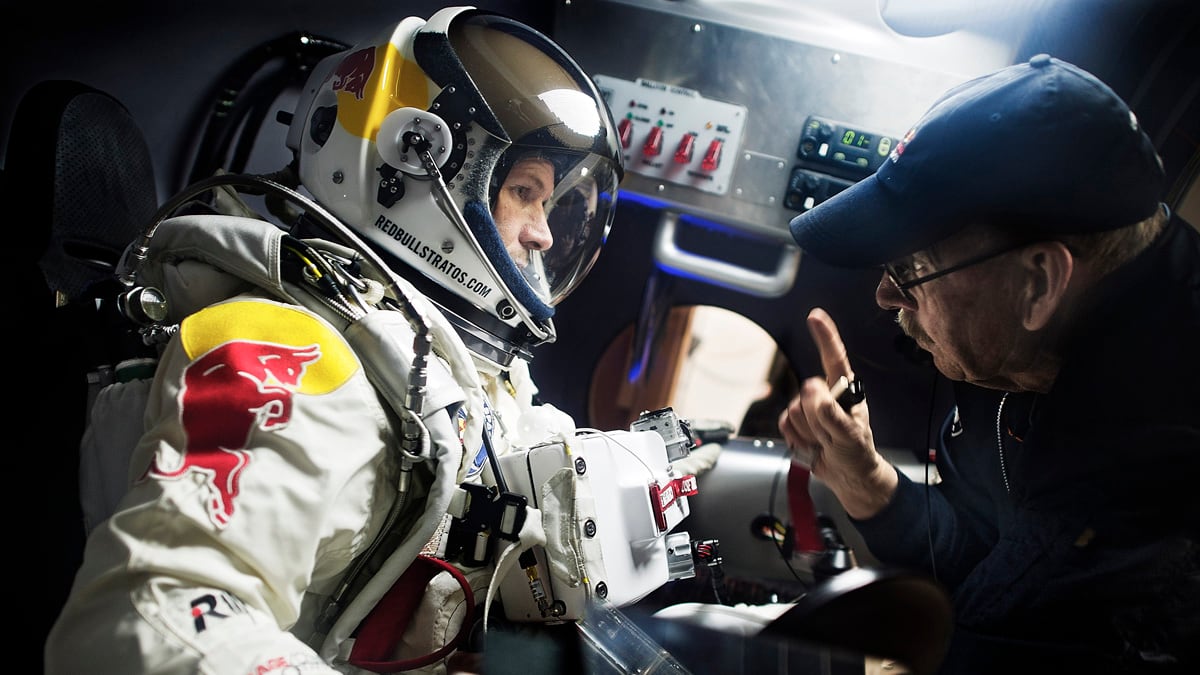Archive
Joerg Mitter / Red Bull via Getty Images
Felix Baumgartner Talks Space Jump, Red Bull’s ‘Stratos,’ Kittinger’s Record, and More
Q&A
Felix Baumgartner will undertake a 23-mile space jump on Tuesday. Pawel Szaniawski talks to the extreme athlete.

Trending Now





